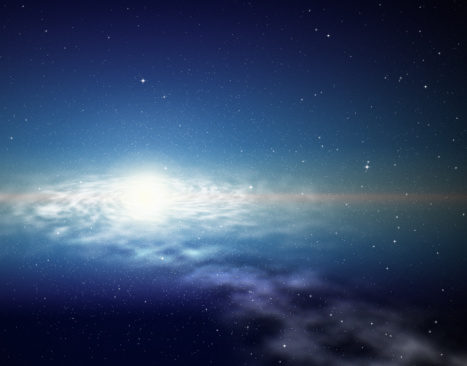Space: a black, velvety landscape. It stretches infinitely in every direction, a perfect paradox, an unconquered unknown. Stars, hundreds of thousands of stars—their light usually dimmed by the effects of pollution, electric lights, and daylight—glimmer like a quilt of fireflies, shimmering and twinkling.
Even the space itself shimmers and dances with colour—here, a blue nebulae with ghostly-transparent particles. There, a shimmering cascade of yellows and browns and pinks and reds that dance and weave their way through space.
And the stars—so many types of stars!–white dwarves, their light now gone, like dim diamonds; red dwarfs, like small garnets; black holes, like great, vacuous spaces; a small, pale reflective white orb of a moon; and the crown, the Lamp, the sun, a brilliant golden-yellow burst of light and heat and warmth.
The planets themselves lay like beads on a necklace, aligned and strung-together one moment then each twirling in their own orbit the next. Jupiter, a great big red ball, like a bouncy kids rubber-ball, with its centuries-old, perpetual Earth-sized storm; Pluto, a cold ball of dead ice; and of course, Earth, a blue marble warmed with oceans of water, green-sized fields, mountains, and of course, people.
All this, a gift from Allah (سبحانه وتعال) , to the people:
Translation: And indeed We have adorned the nearest heaven with lamps, and We have made such lamps missiles to drive away the Shayateen, and prepared for them the torment of the blazing Fire. [Surah Mulk, verse 5]
If this is the nearest heaven, what about the higher heavens?
